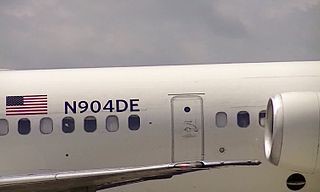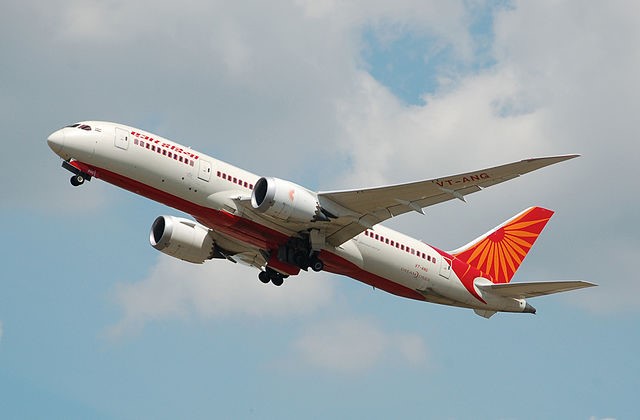In another story, we correlated a flight’s radio call sign to a person’s nickname. The call sign doesn't belong to the airplane, it belongs to the flight that aircraft is operating; Delta 2308 for example. A call sign can be used by various planes in a single day, such as when one flight number has multiple segments (a segment is a single flight between two cities). If a call sign is a nickname, an aircraft’s tail number is its legal name.
A tail number is an alphanumeric code between two and six characters in length used to identify a specific airplane. The alphabetical prefix of a tail number is indicative of an airplane’s country of origin. All United States-based tail numbers begin with “N,” Canadian planes begin with “C,” German with “D” and so on. The remaining numbers and letters are generally at the discretion of the owner, but in most cases will consist of a string of three numbers followed by two letters. Many airlines have a certain amount of continuity in the  way their tail numbers end. Delta, for example, has hundreds of tail numbers that end in “DL,” “DN,” or “DE.” The picture to the right shows the tail number of a U.S. registered Delta jet, N904DE. Most airlines use an abbreviation of the company name, one of the airline’s identification codes, or an abbreviation of the leasing company that owns the aircraft.
way their tail numbers end. Delta, for example, has hundreds of tail numbers that end in “DL,” “DN,” or “DE.” The picture to the right shows the tail number of a U.S. registered Delta jet, N904DE. Most airlines use an abbreviation of the company name, one of the airline’s identification codes, or an abbreviation of the leasing company that owns the aircraft.
All civilian aircraft must be registered with the aviation authority in its country of base, just as a newborn baby is given a name and social security number. For example, all airplanes based in the U.S. must be registered with the FAA. Every airplane has its own unique tail number, from the moment it’s assembled until that aircraft is retired and scrapped. Like a name, an aircraft’s tail number can be changed at various points during its lifetime, though this is a paperwork intensive process. All commercial aircraft are given a temporary tail number for flight testing before being delivered to an airline with a new tail number. Likewise, if an aircraft changes airlines or owners, the new owner may decide to change the aircraft’s tail number.

Ironically, you’ll rarely see an aircraft’s tail number on its actual tail; they’re almost always painted on the rear fuselage, or even on the engine of an aircraft with rear-mounted engines. In some countries, tail numbers have also been painted on aircraft wings for decades, though that has become uncommon in the U.S. This image shows an Air India Boeing 787 with its tail number painted on the rear fuselage and on the bottom side of the wing.
Like someone’s name, a tail number is part of an airplane’s public record forever. Your name is tied to where you were born, your family, where you’ve worked, studied and lived. A tail number tells an equally detailed story of an aircraft’s past owners, locations and maintenance records. If you happen to catch the tail number of the next airplane you’re boarding, Google it. You may be surprised by the places your airplane has seen!

